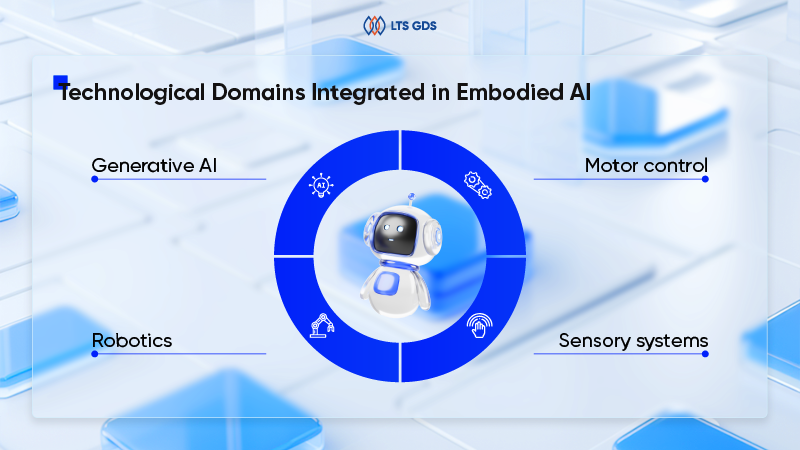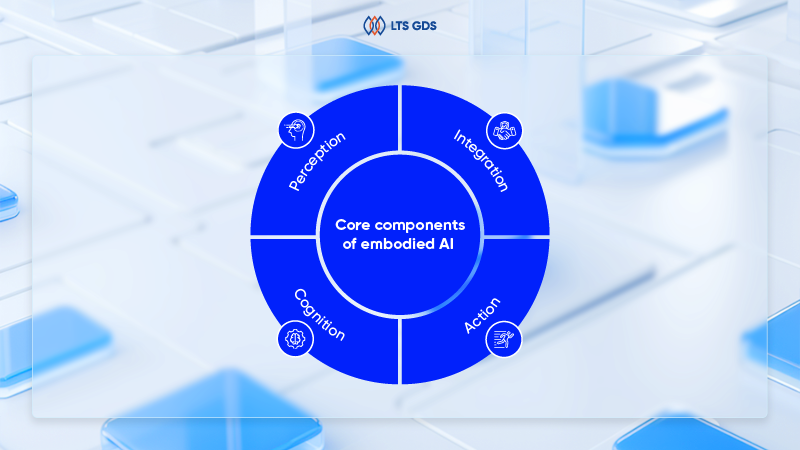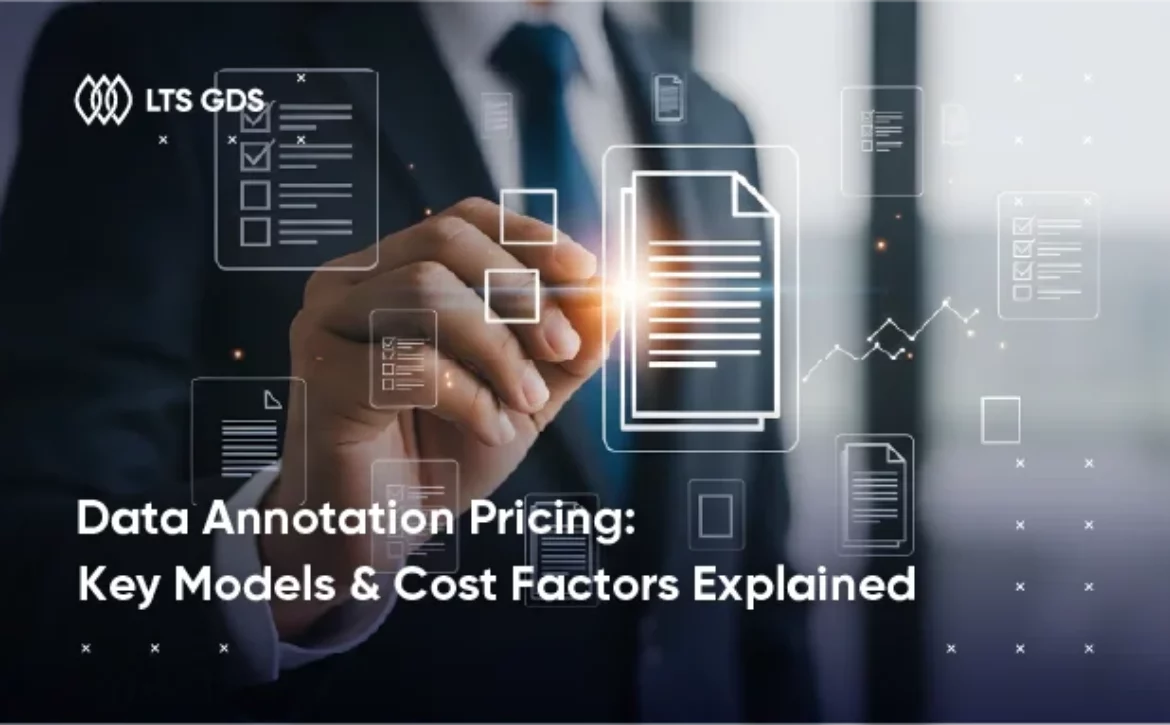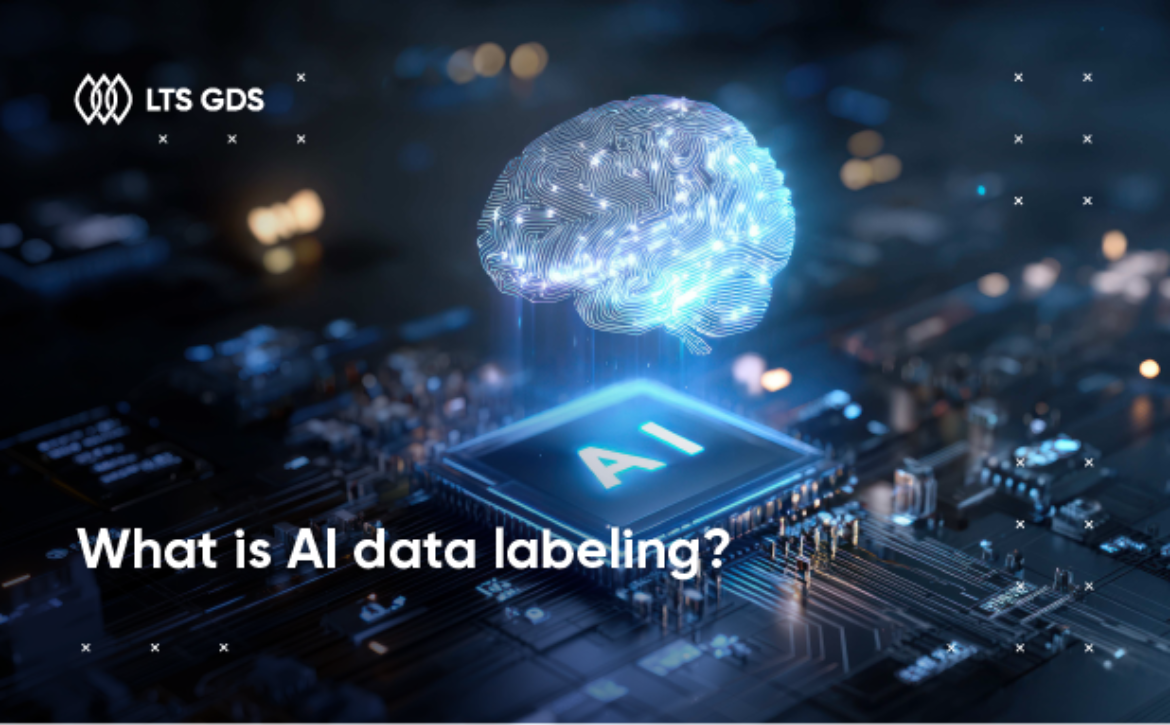From the early days of Shakey, the first robot capable of navigating hallways and avoiding obstacles on its own, embodied AI has signaled a profound shift in the role of artificial intelligence. No longer confined to virtual environments or abstract data, AI has stepped into the real world, taking on physical form and agency. This transformation is more than technological; it redefines how machines learn, perceive, and act.
The roots of embodied intelligence stretch back to the 1990s when roboticist Rodney Brooks proposed a radical idea: intelligence does not need to arise from complex internal models but can instead emerge through direct interaction with the environment. Since then, advances in neural networks, computer vision, and robotics have brought this vision to life, fueling everything from autonomous vehicles and humanoid robots to AI-powered warehouse automation.
Today’s embodied agents are everywhere, from robotic assistants learning to fold laundry to autonomous drones surveying disaster zones. So, let’s take a closer look at how this cutting-edge technology works, why it matters, and what makes it one of the most promising paths toward artificial intelligence that can seamlessly integrate into our physical world.
What is Embodied AI?
Embodied AI refers to artificial intelligence systems that are integrated into physical systems, allowing them to perceive, interpret, and interact with the real world. These systems combine advanced AI algorithms with sensors, actuators, and physical movement to create machines that can understand and navigate physical spaces much like humans do.
At its core, embodied AI is designed with the fusion of several technological domains.
- Generative AI integration (Computer Vision & LLM & VLM): Modern embodied AI systems now incorporate generative models to enhance reasoning, learning, decision-making, and communication.
- Robotics: The physical manifestation that allows interaction with objects and environments.
- Sensory systems: Technologies that gather data about the surrounding world, including vision, touch, sound, and sometimes even smell.
- Motor control: Systems that enable precise movement and manipulation of objects.

This integration creates intelligent systems that don’t just process information but experience the world through physical embodiment, by the same token, these systems can learn from physical interactions and develop a more nuanced understanding of how the world works.
Difference between traditional AI and embodied AI
The key difference boils down to how these systems understand and interact with their environments. Traditional AI systems typically receive carefully structured data inputs and provide outputs without directly experiencing the consequences of their actions in the physical world. Meanwhile, embodied AI systems must contend with unstructured, noisy environments, physical limitations, and complex situations.
Grab their distinctions in the summary below.
| Traditional AI | Embodied AI | |
| Environment | exists primarily in digital environments | exists within physical forms that interact with the real world |
| How it works | processes data without direct physical interaction | processes sensory input from the environment |
| Data source | learns from datasets and simulations | learns through physical interaction and experience |
| Abilities | focuses on specific tasks like classification, prediction, or generation | integrates perception AI, reasoning, and action |
| Examples | -language processing
-image recognition -data analytics |
-autonomous robots
-self-driving vehicles -physical assistants |
How Embodied AI Works
The functioning of embodied AI systems involves a complicated interaction between perception, cognition, and action, all conducted through a physical form. Let’s explore the fundamental elements that enable these systems to operate in the real world.
Core components of embodied AI

|
|
Components |
Function |
|
Perception |
Cameras |
Capture visual information (images, objects, movement) |
|
Microphones |
Record sound/environmental audio |
|
|
Touch sensors |
Detect physical contact, pressure, or texture |
|
|
Proprioceptive sensors |
Sense body part orientation, joint angles, internal positioning |
|
|
Distance sensors (LIDAR, ultrasonic) |
Measure proximity to surrounding objects |
|
|
Cognition |
Neural networks |
Process sensory data; pattern and object recognition |
|
Planning algorithms |
Generate sequences of actions based on goals or input |
|
|
Memory systems |
Store and retrieve past interactions or environmental contexts |
|
|
Attention mechanisms |
Prioritize and focus processing on relevant stimuli |
|
|
Predictive models |
Forecast likely future states to inform decisions |
|
|
Action |
Motors and actuators |
Drive physical movement (e.g., wheels, limbs, rotation) |
|
Manipulators |
Grasp, move, or alter physical objects |
|
|
Communication interfaces |
Enable verbal or symbolic interaction with humans |
|
|
Specialized tools |
Carry out domain-specific tasks more effectively |
|
|
Integration |
Sensorimotor loops |
Real-time feedback between sensors and actuators for responsive behavior |
|
Hierarchical architectures |
Organize system into layers: reflexive (low-level) and strategic (high-level) decision making |
|
|
End-to-end learning |
Train the entire system using real-world data to align perception, decision, and action |
|
|
Hybrid approaches |
Combine fixed programming with machine-learned capabilities for adaptability and robustness |
The role of machine learning in embodied AI
Machine learning plays an important role in developing embodied AI systems, providing the frameworks through which these systems learn to navigate and interact with their environments. Unlike traditional machine learning applications that focus on pattern recognition in datasets, embodied AI requires learning algorithms that can handle physical interaction, environmental uncertainty, and real-time decision-making.
Several machine learning approaches contributing to embodied AI development are
- Reinforcement learning
- Deep learning
- Imitation learning
- Transfer learning
- Sim-to-real transfer
Building embodied AI systems bakes in deeply annotated, high-quality data to effectively train machine learning models.
For these systems to perform reliably in unpredictable real-world environments, creators should utilize precise embodied AI datasets that reflect a broad spectrum of physical scenarios, object interactions, and environmental conditions provided by a trusted annotation partner. If you are hunting for a team of battle-hardened annotators, give LTS GDS a whirl to rock your embodied AI systems.
Use Cases of Embodied AI
Embodied AI is rapidly transforming numerous industries with applications that extend far beyond traditional robotics. Here are some of the most promising applications across different sectors:
Healthcare and assistive technologies
- Rehabilitation robots: Devices that assist patients recovering from strokes or injuries provide physical therapy with consistent, tireless support tailored to individual needs. These systems can measure progress precisely and adjust resistance and assistance levels accordingly.
- Assistive robots for the elderly and disabled: Robots like Care-O-bot and Toyota’s human support robot can help with daily tasks such as fetching objects, medication reminders, or mobility assistance, promoting independence and improving quality of life.
- Prosthetics and exoskeletons: AI-powered prosthetic limbs that interpret nerve signals to provide more natural movement capabilities, and exoskeletons that enhance strength or mobility for individuals with disabilities.
Manufacturing and industrial applications
- Collaborative robots (Cobots): Robots like Universal Robots’ UR series work alongside humans safely, taking on repetitive tasks while human workers focus on more complex operations requiring judgment and creativity.
- Autonomous quality control: Robots equipped with computer vision and tactile sensing can inspect products for defects with greater consistency and accuracy than human inspectors.
- Warehouse automation: Companies like Amazon use embodied AI systems for inventory management, with AI-powered robots navigating warehouse spaces to retrieve products and fulfill orders efficiently.

Autonomous transportation
- Self-driving vehicles: Companies like Waymo, Tesla, and Cruise are developing autonomous vehicles that perceive their surroundings, predict the behavior of other road users, and navigate complex urban environments.
- Delivery robots: Sidewalk robots from companies like Starship technologies navigate pedestrian spaces to deliver food, packages, and other goods in urban environments.
- Drone delivery systems: Companies like Amazon Prime Air and Wing are developing autonomous drones that can navigate to delivery locations, avoid obstacles, and safely drop packages.
Read more: https://www.gdsonline.tech/autonomous-vehicle-trends-whats-next/
FAQ About Embodied AI
1. What kind of data is used to train embodied AI?
Embodied AI systems are trained on diverse multimodal data that capture real-world interactions. This typically includes visual data from cameras (RGB images, depth maps, thermal imaging), sensory feedback data (tactile sensors, force-torque measurements), proprioceptive data (joint positions, velocities), audio input, and sometimes human demonstration data showing how tasks should be performed.
2. What are the main challenges in developing embodied AI systems?
Developing embodied AI faces several big challenges. The real gap between simulations and the physical world makes transfer learning difficult. Perception challenges arise from noisy sensor data and dynamic, unstructured environments. Sample efficiency is problematic as physical robots can’t collect data at the same scale as virtual systems. Long-horizon reasoning requires planning complex action sequences toward distant goals. Generalization to new environments and tasks remains difficult without extensive retraining. Finally, multimodal integration of different sensory inputs into cohesive understanding is technically complex.
3. What are some real-world applications of embodied AI?
Embodied AI drives practical applications in various domains. For instance, autonomous warehouse robots handle sorting and delivery, while assistive robots in healthcare provide patient support and aid rehabilitation. In agriculture, machines utilize it for planting and harvesting. Furthermore, this technology is crucial for self-driving vehicles, enabling them to navigate complex surroundings and make predictive driving decisions.
4. How does embodied AI handle autonomous navigation?
Embodied AI handles autonomous navigation through a layered approach. At the perception level, systems process sensor data (cameras, LiDAR, radar) to create environmental maps and locate themselves within that space (SLAM – simultaneous localization and mapping). Path planning algorithms then generate optimal routes considering obstacles and efficiency. Local navigation handles immediate surroundings using techniques like potential fields or dynamic window approaches. Learning-based methods increasingly supplement traditional navigation, with reinforcement learning allowing robots to develop navigation policies from experience.
5. How does embodied AI interact with its environment?
Embodied AI interacts with its environment through a perception-action loop where sensory data from cameras, microphones, and touch sensors builds environmental models that inform action planning. The system executes physical movements via actuators while monitoring feedback. Modern approaches include tactile sensing for manipulation, active perception for better information gathering, learning from human demonstration, and reinforcement learning where systems improve through trial and error, receiving rewards for successful interactions and penalties for failures.
The Next Frontier of Embodied AI: Toward Human-like Intelligence in Physical Form
While embodied AI is making significant strides, we’re still in the early chapters of its evolution. The journey ahead will be shaped by advancements not only in generative AI, but also in sensor technologies, neural architectures, and multi-agent coordination systems.
But none of this progress is possible without high-quality annotated data. At LTS GDS, we provide specialized data annotation services to develop embodied AI safety that is fast, scalable, and built for real-world complexity.
High-quality training data is crucial to successful embodied AI development. Our professional data annotation services deliver accurately labeled multimodal datasets tailored for computer vision, robotic perception, and control systems. Whether you’re building next-gen humanoid robots or autonomous machines, we can help you. Contact us today to learn how our annotation expertise can accelerate your embodied AI projects and enhance real-world system performance.











